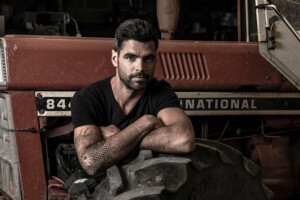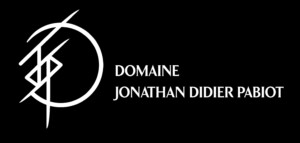Jonathan Didier Pabiot

Jonathan Didier Pabiot
About
Owner & winemaker: Jonathan Didier Pabiot
Vineyards: 20ha, half of which is estate-owned and half of which is rented
Vineyard management: Organic since 2006, certified biodynamic since 2016
Soils: Limestone, clay-limestone with shells (Kimmeridgian marl), flint, silica
Grapes grown: Sauvignon Blanc, Chasselas
Annual production: 100,000 bottles
Quick facts:
- “Like a chef in the kitchen, I understood that to make a good wine, I need good grapes and only accompany and guide the vinification until the bottling. I make my wines very simply, with the primary objective of respecting the fruit.” – Jonathan Didier Pabiot
Jonathan Didier Pabiot is the fifth generation of his family to make wine, so “it’s only natural” that he ended up as a winemaker as well, as he puts it. His father Didier created the foundation for the current domaine in 1977, planting many of the vineyards that are now between 25 and 50 years old. When Jonathan took over in 2010, he incorporated some of his uncle’s parcels as well, bringing the estate to its current size.
Prior to taking over the family estate, Jonathan worked internships at other domaines, where he soon became a convert to the principles of biodynamic farming. “That’s where I learned that I wanted to work the land of my ancestors in the most natural way possible,” he explains. His father and uncle were initially skeptical of this dramatic departure from the estate’s more conventional history, but they compromised by allowing him to try farming one parcel in his “new” way. After just a few growing seasons, the results spoke for themselves, and the whole family was fully on board. Once Jonathan took the reins, they began the process of converting the rest of the state to biodynamic farming as well, and by 2016 all of the vineyards were Biodyvin certified.
The family’s vineyards are all within the Pouilly-Fumé appellation. Just across the Loire from its more famous neighbor, Sancerre, you can find similar clay-limestone soils densely packed with fossilized seashells, as well as rockier pure limestone, plus distinctive sites on flint and silica soils. The goal in the cellar is to simply let these nuances of terroir express themselves in the wine. For example, “Aubaine” and “Luminance” are both vinified in exactly the same way–the only difference between the two is that “Aubaine” is grown on Portlandian marl and “Luminance” on Kimmeridgian marl.
The wines are fermented with native yeast, and aged in a variety of neutral vessels: stainless steel, old demi-muids and barrels, and large underground concrete tanks that protect the wines from vibrations and temperature fluctuations.
“The wine is made in the first place in the vineyard and not in the cellar,” Jonathan tells us. “The principal work in the cellar is the accompaniment of the wine along the path it wants to take. It’s useless to force the wine because you can always tell in the end. We look for suppleness and gourmandise in a wine that is ripe and taut. We are lucky that our limestone soils naturally express a crystalline and taut minerality.”

